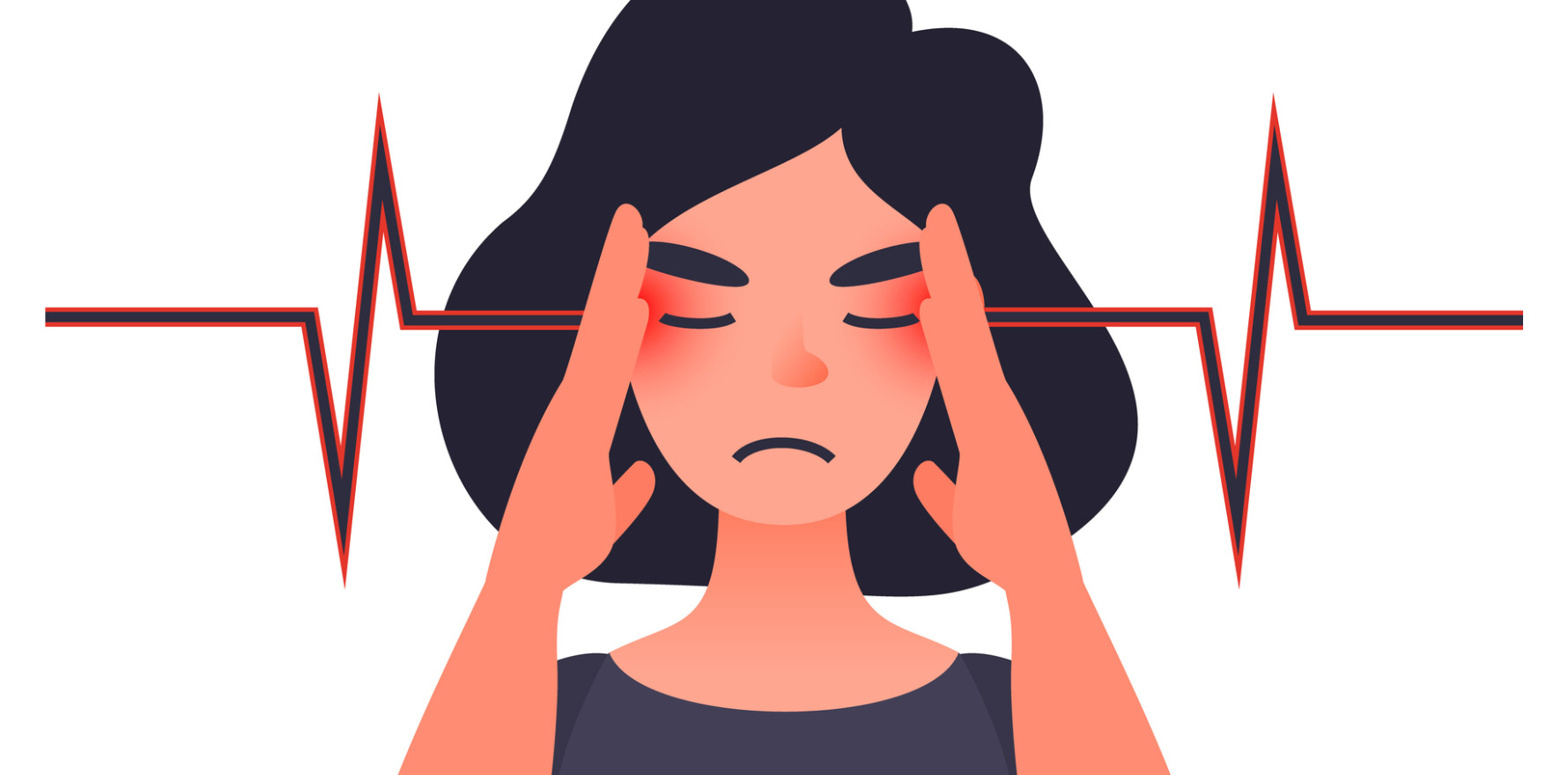The bidirectional link may be due to an interplay of inflammation, vascular endothelial cells and the immune system.
Research has revealed that migraine patients are at increased risk of developing rheumatoid arthritis (RA) – and vice versa.
With only a few previous studies reporting a link between RA and migraine, this recently published research followed up two large Korean studies spanning 2002 and 2013, and discovered a bidirectional association between RA and migraine in adult populations.
Alongside a rise in migraine patients developing RA, the data showed that the proportion of rheumatoid arthritis patients who experienced migraines also increased over the study period.
This comes as no surprise to Professor Tissa Wijeratne, chair of the department of neurology at Western Health, Melbourne.
“I have been smelling a connection between the pathophysiology of inflammation and brain health since covid last year,” he said. “There’s a remarkable similarity between symptoms of ‘long covid’ patients and stroke patients. When we get inflammatory activity in different parts of the body, the brain almost invariably gets involved in that hullaballoo.”
Published in BMJ Open, the Korean research suggested that the interplay between inflammation, vascular endothelial cells and the immune system possibly contributed to the bidirectional association between the two conditions. But the study authors also noted that the shared pathophysiological mechanisms are still unclear.
In the biggest study of its kind, participants were divided into two cohorts. One comprised over 31,000 migraine patients and the other comprised more than 9000 RA patients. There were four controls to every patient.
Adjustments were made for autoimmune disease, Charlson Comorbidity Index scores without rheumatoid diseases, obesity, smoking and alcohol consumption. Data was then analysed using stratified Cox proportional hazard models.
The analysis revealed that migraine patients were at a consistently higher risk of RA than the control group. This was identified as a hazard ratio (HR) of 2.0% compared with the control group’s HR of 1.4%.
But it’s not all bad news. Migraines were clinically divided into phases: the premonitory phase, the aura phase, the headache phase and the postdrome phase. The risk of developing RA dropped for patients who experienced the aura phase of a migraine.
Differences in age, sex, income and where patients lived also changed their risk of developing RA. After adjusting for these differences, the HR in the migraine without aura group was 1.48%.
Men over 60 years had a lower risk than other patients, and researchers suggested this was related to the common decline of migraines in that demographic.
For doctors of RA patients and those with the disease, the research has added risk of migraine to many systemic diseases already associated with RA, including cardiovascular, lung and neuropsychiatric disease.
The risk of migraine for RA patients was higher than that of the control group, with an adjusted HR of 1.35% for the migraine without aura group.
Professor Wijeratne said migraine was the leading cause of disability in Australia, at a cost of $40 billion a year. Despite this, Australia was without a dedicated national headache centre of excellence.
“It’s a massive problem,” he said, and one which he would turn the spotlight on during World Brain Health Day on 22 July.
Other experts claimed the future of migraine therapy was bright with advances in our understanding of migraine pathophysiology. Now that a bidirectional association between migraine and RA had been established, would new insights in treating RA also be progressed?
According to Professor Wijeratne, it was a timely reminder that we should be interested in further research.


